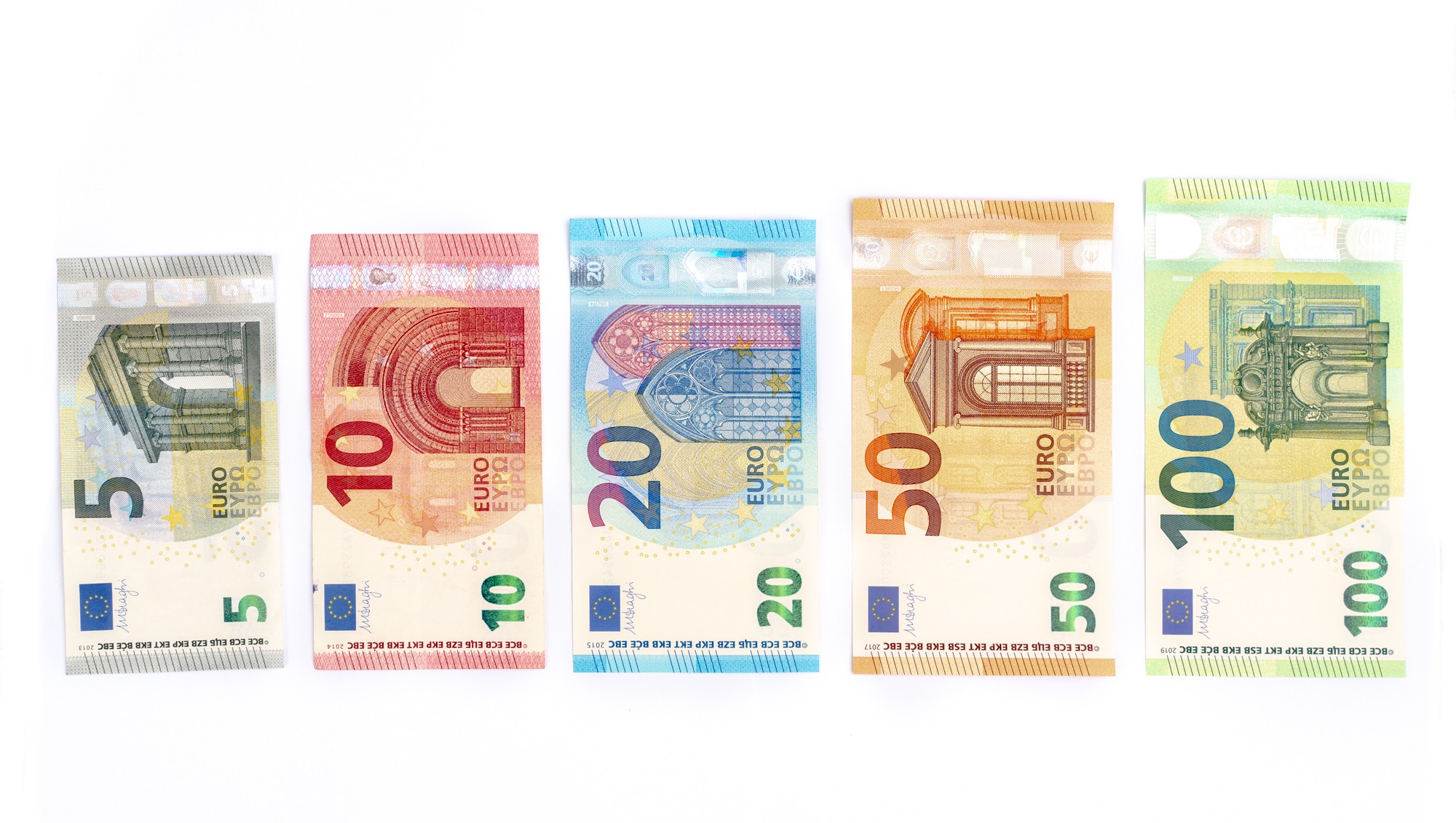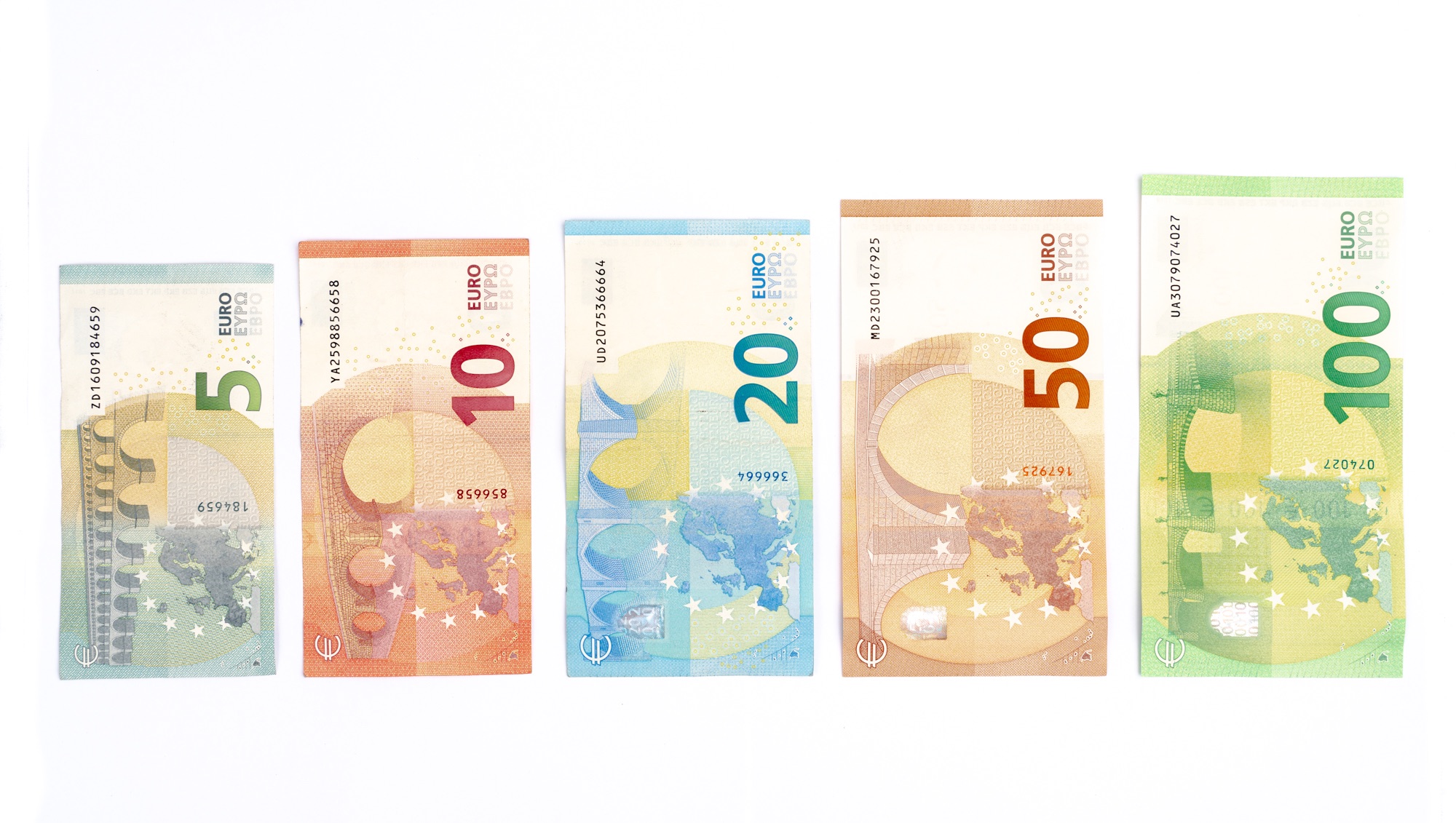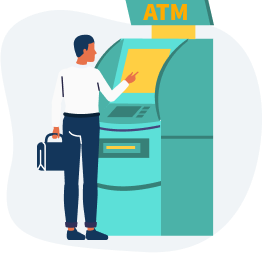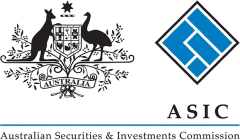Currency in Germany
A Travel Money Guide to Germany
Germany is a popular choice for travellers with Berlin, Munich and the Black Forest toping most lists. Berlin's has become very cool with its lively nightlife, enthusiasm for arts and fashion. In addition it's also home to the Brandenburg Gate. Munich is long associated with the international beer festival Oktoberfest. Finally the outstanding beauty of the Black Forest attracts many nature lovers.
Make your savings go even further with a few clever choices, including how to exchange currency and pay for things in Germany.
The currency they use in Germany
The only widely used currency in Germany is the Euro.
The official currency of Germany is also the Euro. The currency sign for the euro is € while the code is EUR. In Germany, it’s more common to see the symbol written after the numeral, as in 10€. Germany is a part of the eurozone – 19 European countries that use the euro as their official currency.
Germany has 8 coin denominations: €2, €1, 50cent, 20cent, 10cent, 5cent, 2cent and 1cent.
German Money
First things first, there’s technically no such thing as a ‘German’ euro. While Germany mints its own coins with a national design on one side, these coins can be used everywhere in the eurozone.
And vice versa: any coins minted with national designs from other eurozone countries can be used in Germany.
Banknote Denominations
German Euro banknotes have 7 denominations: €5, €10, €20, €50, €100, €200 and €500. The designs are the same throughout the eurozone with different sizes and colours denoting the different bill values.
You’re unlikely to come across a €500 note but it’s a good idea to avoid even the €100 and €200 bills as some merchants are reluctant to accept these higher denominations.


Coin Denominations
German euro coins come in the standard eight denominations: one cent, two cents, five cents, ten cents, 20 cents, 50 cents, €1, and €2.
The ‘common’ side of the coin used across the eurozone features the numerical value of the coin and a map of the European Union.
On the reverse ‘national’ side, all coins bear the same design – although this design has been modified three times since Germany adopted the euro.

Using Your Bank Card in Germany
Most German businesses are well set up to receive card payments. Some of the best travel money cards include debit, credit and prepaid cards. But before you use your bank card willy-nilly, it’s worth reading up on the fees and charges you might incur.
Debit Cards
Debit cards can be used across Germany. Just beware, your home bank may impose high rates and fees if you use your card overseas. These fees might cover ATM withdrawals, overseas transactions, and currency conversions.
One of the best travel money cards for New Caledonia is the Wise Travel Card, which doesn’t have purchase, load, or reload fees and offers the same exchange rates as those you see on Google or XE.com.


Credit Cards
Credit cards can come with some enticing perks, including added security, loyalty programs, and even free travel insurance.
But are they worth it?
Major local businesses, including hotels, restaurants, airline offices, and department stores, accept credit cards. But you might have to pay a surcharge.
Mastercard and Visa are widely accepted. You may also be able to use your American Express card, though local ATMs won’t accept them.
Just be aware of additional charges you may incur for foreign transactions. These could include:
- International transaction fees
- High exchange rate margins
- ATM fees
- Potential ‘cash advance fees’ if you use an ATM
If you still prefer credit cards over any other payment, consider going with a company that offers cards that waive certain travel fees. Bankwest Platinum and 28 Degrees card both have travel-friendly cards.
Prepaid Travel Cards
The biggest advantages of prepaid travel cards are that you can lock in a favourable exchange rate. You also get a handy back-up card.
Just remember that while they are convenient, you could end up paying a long list of hidden fees. Many travel cards still impose:
- Currency conversion fees
- Uncompetitive exchange rates
- International ATM withdrawal fees
- Initial load fees
- Reload fees
- Inactivity fees

How to Exchange Currency in Germany
Places like Berlin and Munich receive great numbers of tourists, so there are facilities to cater to money exchanges. Beyond these major destinations, it’s best to get cash before you venture into remote territory.

ATMs
ATMs are everywhere in Germany, particularly in larger towns and cities like Cologne and Hamburg, so you’ll have no problem finding one when you need to withdraw cash. ATMs are called ‘Geldautomat’ in Germany.
Even better, ATM providers rarely charge fees for ATM use. Just remember, you may still have to pay fees to your home bank for using an ATM overseas and for currency conversions.
Some ATMs give you the option to be charged in euros or your home currency. If this happens, always choose euros to avoid the often atrocious exchange rate.
Don’t forget: Let your bank know you’re travelling! If they detect a foreign transaction but aren’t aware you’re overseas, they could end up freezing your card.
Currency Exchange in Germany
There are many currency exchanges in Germany, but the fees and rates can vary dramatically.
Currency exchange counters at airports and hotels are probably going to give you poor exchange rates, so it’s better to wait until you can compare options in town.
Keep in mind that bureaus in popular tourist destinations, especially around famous landmarks, often give poor exchange rates and add on high or hidden fees.
Make sure the notes you bring from home are in good nick. Some exchange services reject defaced or damaged banknotes.


Travellers Cheques
Not worth the bother! Travellers cheques are so outdated, very few banks even accept them any more.
They can’t be used as direct payment, so the only way to use them once you’re in the country is to swap them for currency at a bank or bureau de change office. Even then, very few banks will accept travellers cheques if you don’t have an account with them. And exchange services apply exorbitant fees and rates to them.
How to Buy Euros Before You Go
There’s a certain reassurance that comes with stepping off the plane (or cruise ship) already cashed up with Euros.
Buying Euros before you leave Australian shores isn’t just convenient. It can also save you money. But it all depends on where you get your Euros in Australia. There are 3 main options:
- Buy EUR online and have it delivered or collect it in-store
- Swap Australian dollars for Euros from a money changer
- Buy Euros at your home airport
Try S Money or a similar online currency exchange store to get rates that reflect the comparisons you see on XE or Google.
If you choose online delivery or in-store pickup, check the processing time. Some exchange companies with online options suggest you allow between two and five days to process currency.
Prefer in-store currency exchange? Head to the CBD of your nearest city for the most competitive exchange rates; suburban bureau de change outlets tend to have poorer rates and fees.
Currency exchange counters in Australia’s airports are infamous for their atrocious exchange rates. Avoid them if you can.
The Average Cost to Travel Around Germany
To get the most out of your time in Germany, you’ll want to create a budget and make sure your savings stretch as far as possible.
To give you an idea of a reasonable budget, we’ve listed the average prices of some common items and experiences you’ll have while in Germany:

€60-140
A room in a guesthouse

€40-50
Two-course meal at a nice restaurant

€2-4
A German beer

€20–30 per day
Car rental

€5–15
Museum entry

